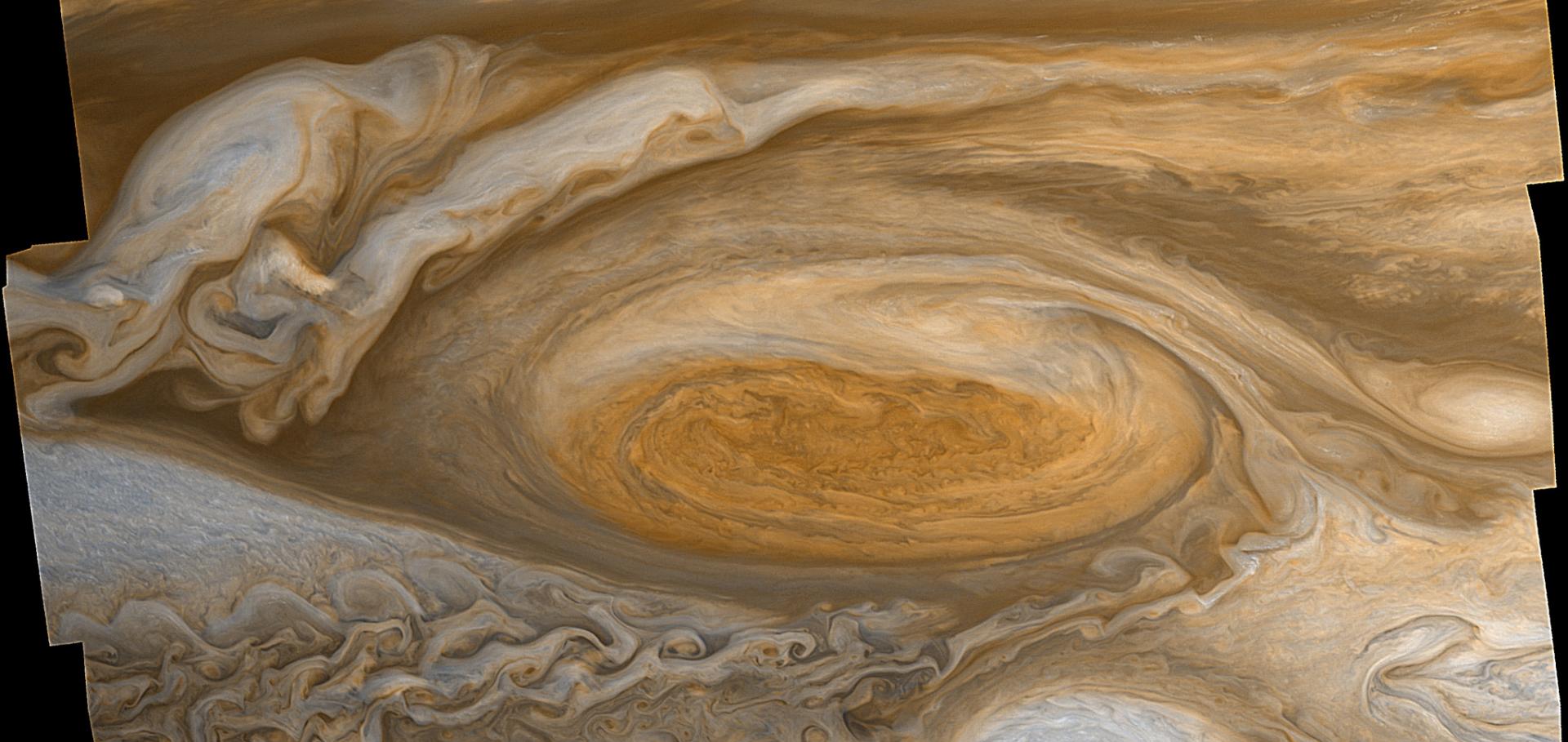Dynamics and circulation regimes of terrestrial planets
PLANETARY AND SPACE SCIENCE 59:10 (2011) 900-914
Erratum to "Flow transitions resembling bifurcations of the logistic map in simulations of the baroclinic rotating annulus" [Physica D 237 (2008) 2251-2262] (DOI:10.1016/j.physd.2008.02.014)
Physica D: Nonlinear Phenomena (2011)
Flow transitions resembling bifurcations of the logistic map in simulations of the baroclinic rotating annulus (vol 237, pg 2251, 2008)
PHYSICA D-NONLINEAR PHENOMENA 240:23 (2011) 1903-1904
Generation of inertia-gravity waves in the rotating thermal annulus by a localised boundary layer instability
Geophys. Astrophys. Fluid Dyn. Taylor & Francis Ltd 105:2-3 (2011) 161-181
Abstract:
Waves with periods shorter than the inertial period exist in the atmosphere (as inertia-gravity waves) and in the oceans (as Poincare and internal gravity waves). Such waves owe their origin to various mechanisms, but of particular interest are those arising either from local secondary instabilities or spontaneous emission due to loss of balance. These phenomena have been studied in the laboratory, both in the mechanically-forced and the thermally-forced rotating annulus. Their generation mechanisms, especially in the latter system, have not yet been fully understood, however. Here we examine short period waves in a numerical model of the rotating thermal annulus, and show how the results are consistent with those from earlier laboratory experiments. We then show how these waves are consistent with being inertia-gravity waves generated by a localised instability within the thermal boundary layer, the location of which is determined by regions of strong shear and downwelling at certain points within a large-scale baroclinic wave flow. The resulting instability launches small-scale inertia-gravity waves into the geostrophic interior of the flow. Their behaviour is captured in fully nonlinear numerical simulations in a finite-difference, 3D Boussinesq Navier-Stokes model. Such a mechanism has many similarities with those responsible for launching small- and meso-scale inertia-gravity waves in the atmosphere from fronts and local convection.THE MARTIAN ATMOSPHERIC BOUNDARY LAYER
REVIEWS OF GEOPHYSICS 49 (2011) ARTN RG3005


